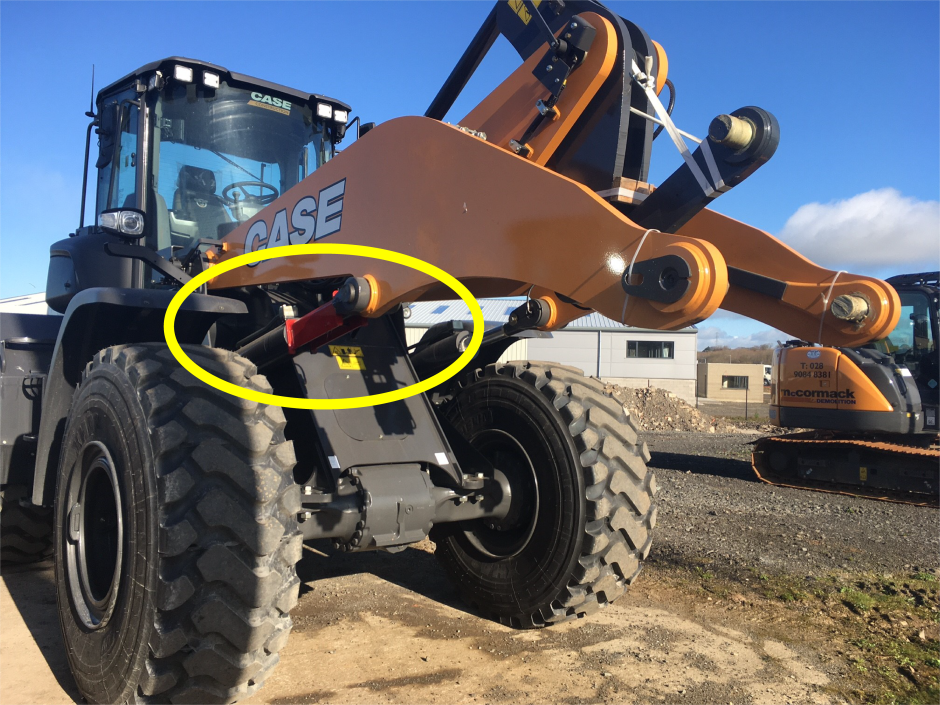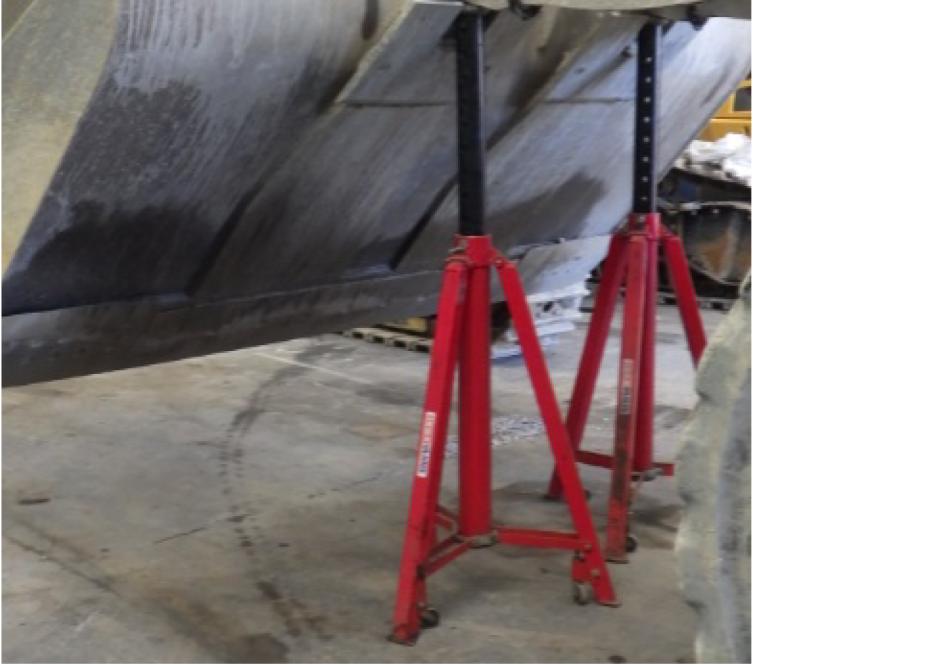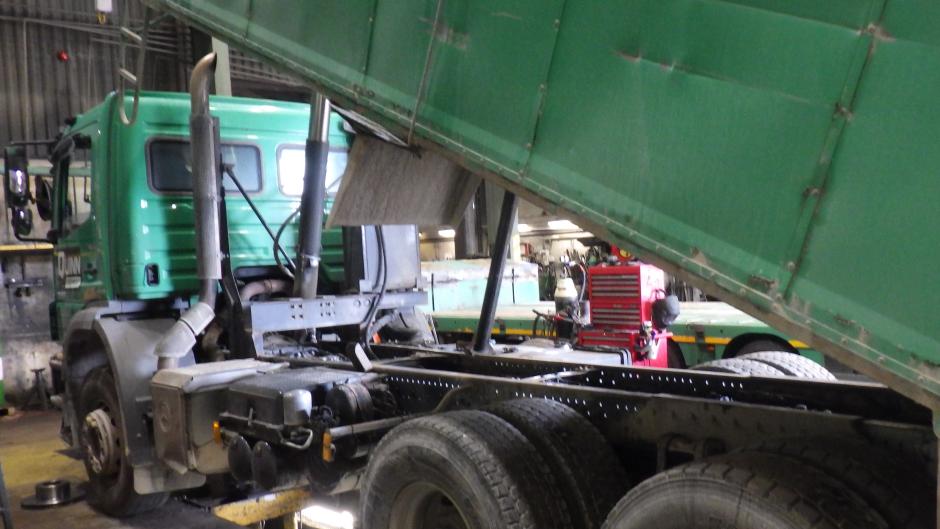Safe working on vehicle hydraulic systems
Date published:

The Health and Safety Executive for Northern Ireland (HSENI) are reminding all persons responsible for operating and / or maintaining vehicle hydraulics, to ensure safe working practices are in place whilst carrying out maintenance and repair work.
Earlier this year a serious incident occurred whereby an individual suffered life changing injuries whilst working on the vehicle hydraulics on a loading shovel.
Persons responsible must ensure that adequate control measures are in place to allow maintenance and repair work to be carried out to vehicle hydraulics safely
Safety Checklist
Always:
- consider whether repair or maintenance work can be completed with the hydraulic attachment resting on the ground - this is the preferred option
- where the lifting arms need to be raised, they must be adequately supported whilst working underneath. Use the manufacturers locking device - where this is not provided, use a suitable stand or prop to support the arms and hydraulic attachment
- prop cabs and tipping trailers which could fall under their own weight - use a back-up prop when working underneath a raised trailer
- ensure the vehicle is parked on a flat level surface, the hand brake is applied, the keys are removed from the ignition, the cab is locked and the keys remain with the person undertaking the work activity at all times. On sloped ground, park the machine with the wheels securely chocked
- release any stored hydraulic pressure in the system before commencing repair or maintenance
- follow the specific manufacturer’s instructions for repair and maintenance to the hydraulic system - refer to the machine’s operation and maintenance manual
- provide the correct equipment for the job, ensure equipment is maintained in good condition and is under a currently valid scheme of statutory examination and regular inspections are carried out
- develop a safe system of work (SSOW) for working on vehicle hydraulics. Ensure any employees involved in the work activity have received adequate information, instruction and training to enable them to perform their work activity safely
- where hydraulic repair or maintenance work is subcontracted to an external person, perform a check on their competence, training and experience prior to the commencement of work
- be aware persons not involved in the repair/ maintenance activity should not be in the vicinity
Never:
- use defective equipment or exceed the safe working capacity of any equipment used to support a vehicle
- work underneath unsupported lifting arms - a sudden release of hydraulic energy can cause the hydraulic attachment and arms to fall within seconds causing serious injury or a fatality
- work on a pressurised hydraulic system - always release stored energy
- check for hydraulic leaks using your hands. Ejection of hydraulic fluid can penetrate the skin leading to blood poisoning; cause burns from contact at high temperature and lead to skin irritation
- be tempted to take short-cuts
Repair / maintenance
Always consider whether repair / maintenance can be carried out with the hydraulic attachment resting on the ground.
Where this is impracticable:
- hydraulic lifting arms must be adequately supported whilst working underneath
- use the manufacturer's locking device or suitable stands or props to support the arms and hydraulic attachment before working underneath
- always ensure the hydraulic system has been depressurised before commencing repair / maintenance

Axle stands, jack stands and any other equipment used to support the hydraulic attachment / arm, must be suitable for the job, in good condition and inspected pre-use. Any defective equipment should not be used.
Lifting equipment must be under a scheme of statutory examination and do not exceed the rated capacity of any stand used.
Use stands on a hard, level surface.

Always prop cabs and tipping trailers that could fall under their own weight.
Use a back-up prop when working underneath the raised tipper body.
Park the vehicle on a hard, flat surface and ensure the handbrake is applied. If working on sloped ground ensure the wheels are chocked.
The keys to the vehicle should remain with the person undertaking the work.
